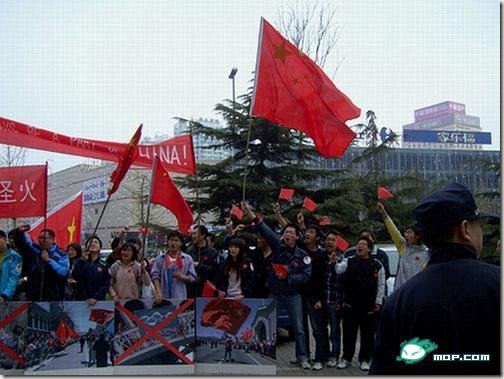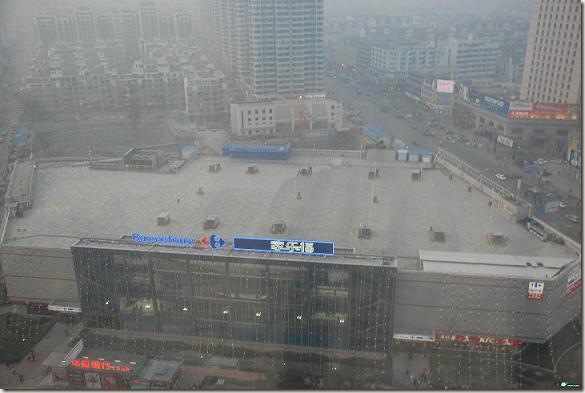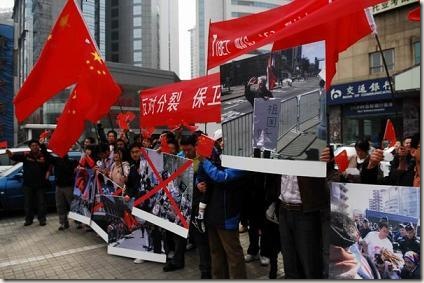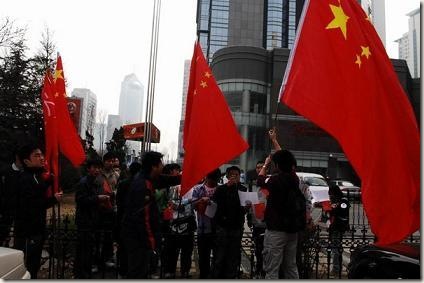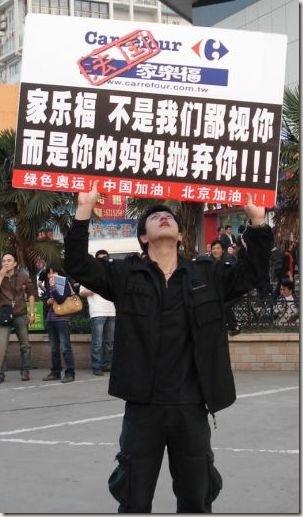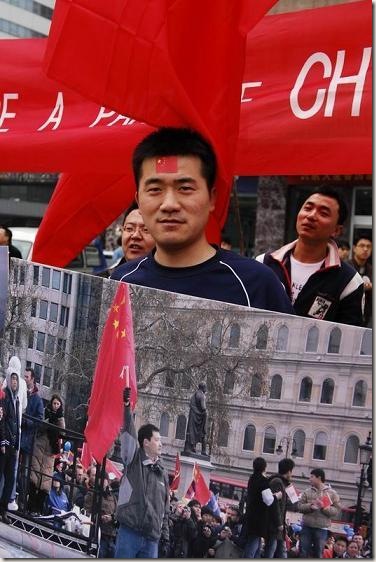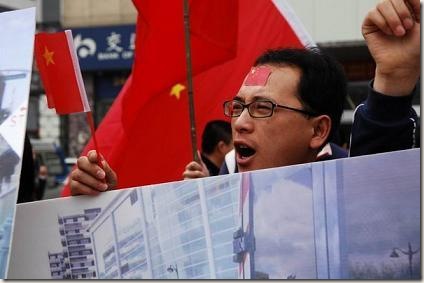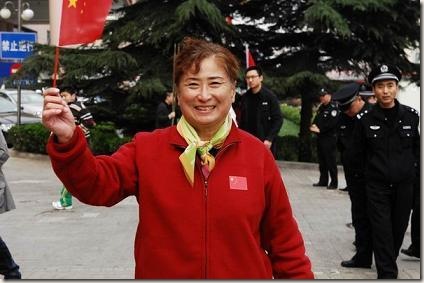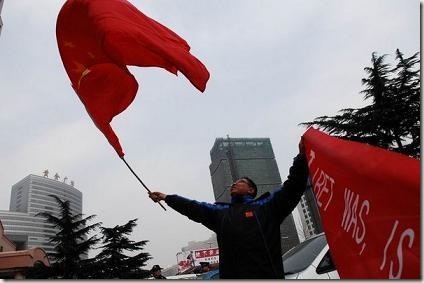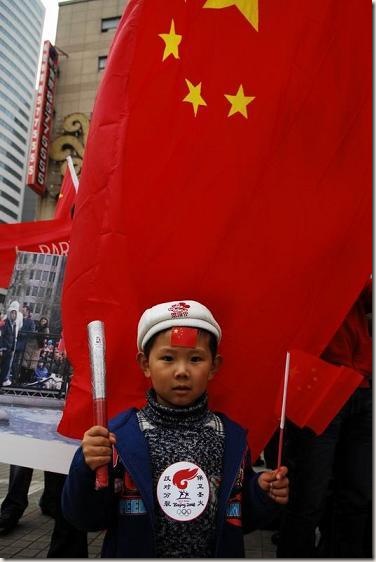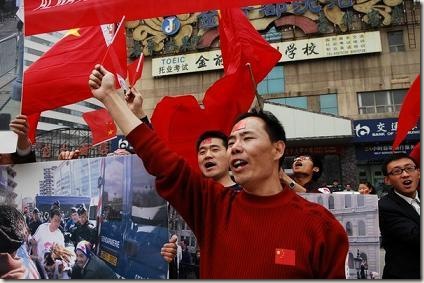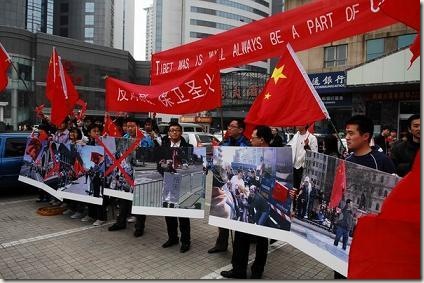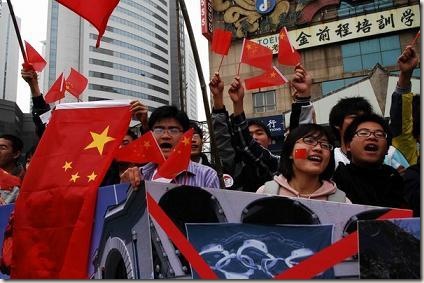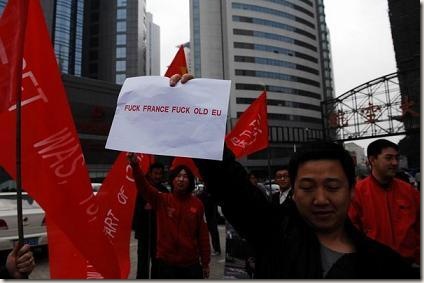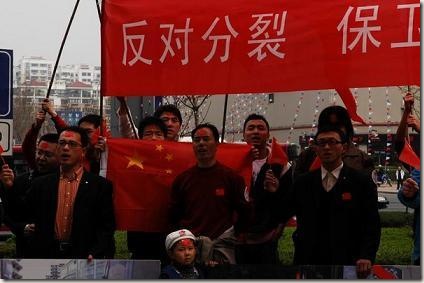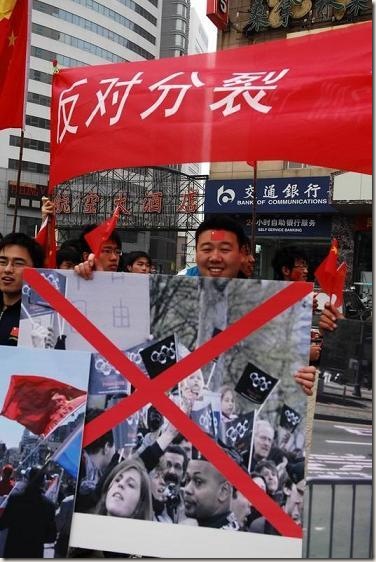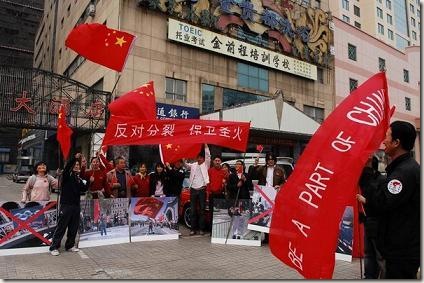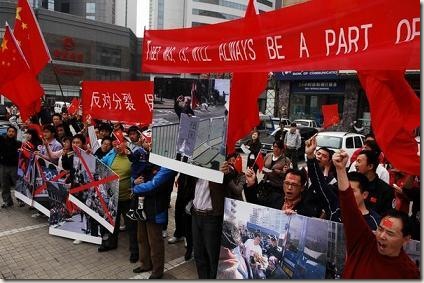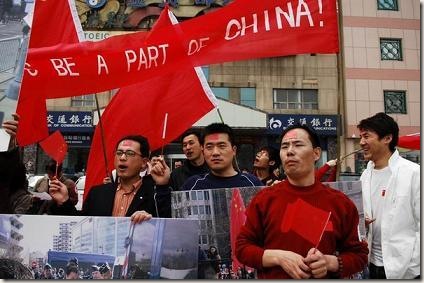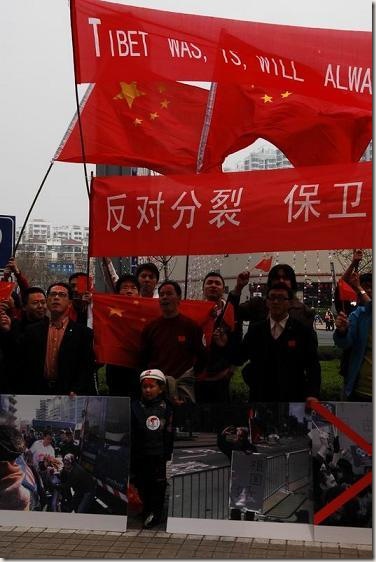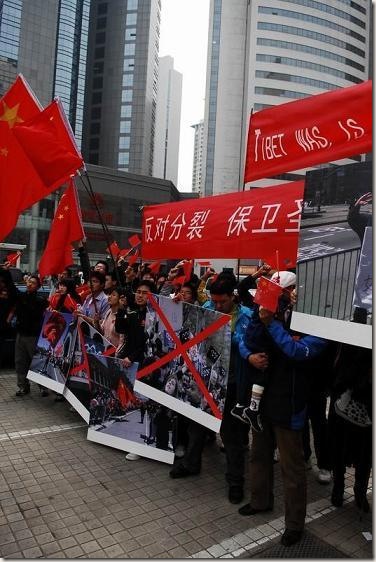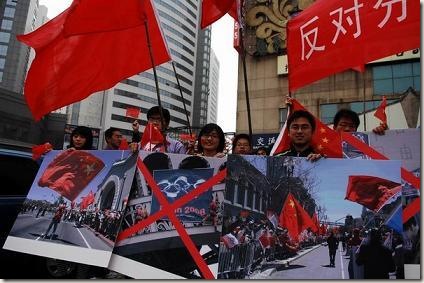Living in Shanghai: Introduction

Shanghai is one of the most vibrant cities in the world and a very exciting place to live. It is the most modern city in China and has a long tradition of looking to the west for inspiration. Often referred to as ‘the Paris of the East’, Shanghai boasts a modern infrastructure and the progressive outlook of its residence is famous throughout China.
The rate of change has been staggering over the past ten years and change is a common theme running through life in this city of 16 million people. It is progressing at a rapid rate and new buildings, shops and hotels are springing up virtually everyday. Like many other large Asian cities, Shanghai suffers from pollution, traffic congestion, and overcrowding. However, it is a city undergoing enormous change and is one of the most dynamic and interesting places to live today. The allure of 30's Shanghai is evident in some of the city's older quarters, and this is juxtaposed with modern skyscrapers heralding a bright future.
More and more foreign companies and people are establishing themselves in China, and more of the commodities they demand are in hot pursuit. Western clothes, toiletries, music and food are all available, although often at an inflated price. Local medical facilities are of a high standard, and western doctors are available, but are expensive.
Unfortunately, while bookshops abound, only a few stock good English books. The situation is improving, but for the moment the selection of English reading material is limited.
International newspapers and magazines are available at larger hotels.
The social scene in Shanghai is constantly changing and expanding, like everything else in the city. There is a very active nightlife, with many pubs, bars, clubs and restaurants to choose from. There are also innumerable teahouses and coffee shops, a concert hall that plays host to local and foreign musicians and shows, and some quality museums, opera houses, gardens, and other cultural establishments. Karaoke bars are everywhere for those so-inclined.
Foreigners and local Shanghainese mix easily and develop relationships freely. Chinese people are friendly and are attracted by and to western culture and ideas. The locals are eager to meet and understand foreigners in Shanghai.
An interesting cultural experience
We view teaching at Kai En as an opportunity for teachers to experience life in a different culture as well as develop their teaching skills and gain valuable EFL experience abroad. Whilst we are an academic business and therefore focus most heavily on working with teachers to help them get the most out of their experiences in the classroom, we also endeavor to provide as much pastoral support to the teachers as is needed, to ensure that the teachers have the foundati
In addition, our salary and benefits package is generous enough to allow the teacher to sample plenty of Shanghai’s nightlife and vibrant social scene, or to leave the city with modest savings / traveling fund.
Living in Shanghai: The Cost of Living

Describing the cost of living in Shanghai is very difficult because there is such a diversity of life styles here. The vast majority of employees in Shanghai earn a salary of between 2,000RMB and 4,000RMB per month, although at the other end of the spectrum there are long term expatriates with expense accounts and local wealthy entrepreneurs.
Shanghai is a relatively expensive city to live in, compared with many other cities in Asia because of it’s rapidly growing economy and because of the increased spending power that economic growth has given the Shanghainese people. In particular imported goods, western services and entertainment (for example, many bars and restaurants that are targeted at the expatriate business community) are expensive. However, there is a growing number of much more affordable bars and clubs targeted at students and teachers, who charge around 10 RMB ($1) for a drink.
Although the services and products that cater for foreigners are expensive, the basics of every day life (food, drink, public transport, clothes, stationary, etc.) are very affordable.
Price Survey in Shanghai
Transport:

Eating Out:
Chinese Lunch Box (rice, meat and two veg) |
5-10RMB |
Always Cafe Lunch Special |
20RMB |
Macdonald’s (burger, large fries and coke) |
22RMB |
| Chinese Restaurant (3 dishes + rice for 2) | 30RMB |
| TGI Friday’s Burger |
100RMB+ |
Shopping:

Drinking:
Beer (depending on brand and venue) |
15-40RMB |
Canned Local Beer |
2-3RMB |
B52 (same price for other shots) |
40 RMB |
Gin and Tonic |
60 RMB |
Coke (depending on venue) |
12-25 RMB |
| Orange Juice |
30-40 RMB |
Living in Shanghai: Social Life
Shanghai offers something for almost everyone because it combines both Asian and Western forms of entertainment. Japanese influences are evident in the number of Japanese restaurants and Karaoke bar and clubs. The Taiwanese influence can be felt in the number of teahouses offering a huge variety of different kinds of exotic teas and fruit drinks. Western influence on entertainment is more recent but can be experienced with the growing number of nightclubs and discos. Live music is also a recent development in Shanghai: whether it is a local rock group or a Jazz Quartet, live music is common any night of the week. Finally, Shanghainese have taken up the pub/bar culture with a vengeance. There are down scale student type hangouts and upscale German beer houses.
So whether you like to read a book in a teahouse or coffee shop, dance the night away in a nightclub, chat in a pub, or sing in a karaoke (or KTV), Shanghai has it all.
For gastronomes, Shanghai is also a Mecca, with the main problem being how to choose from the enormous selection on offer. In addition to the many varieties of Chinese foods (Spicy food from Sichuan and Hunan, Beijing Duck, Shanghainese seafood, Cantonese Dim Sum, hotpot, etc.), there are Argentinean and Brazilian steak houses, French, German, Italian, Japanese, Arabic, Mexican, Irish, and Thai restaurants.
Prices vary from $1.20 to $8 dollars for a beer. Restaurant prices also vary from $5 to $30 for a meal. Competition is stiff and most bars and restaurants offer specials and happy hours in order to compete.

